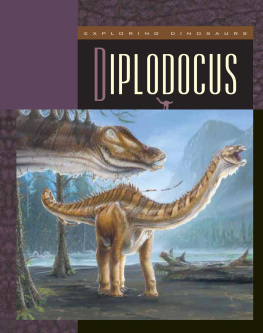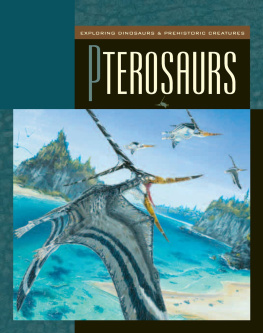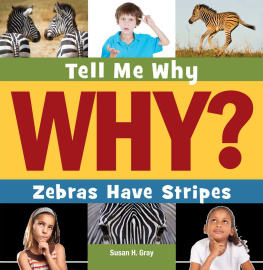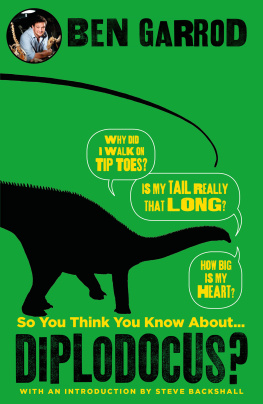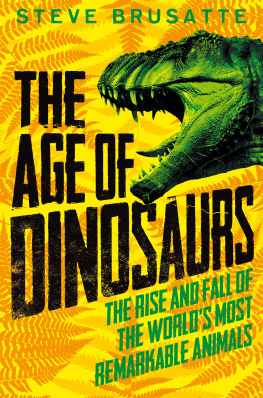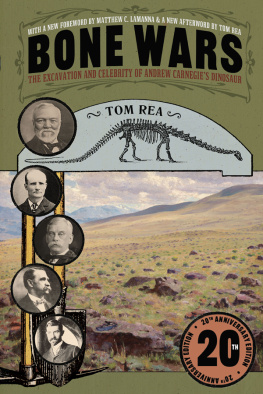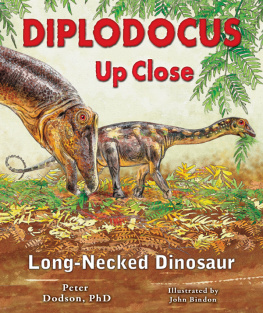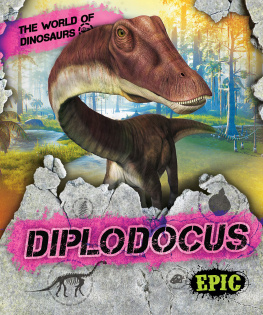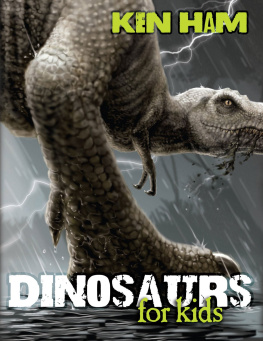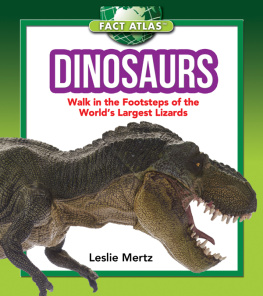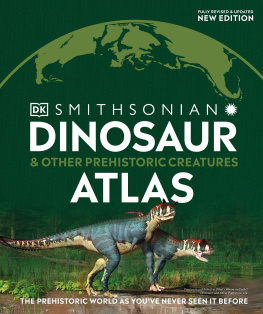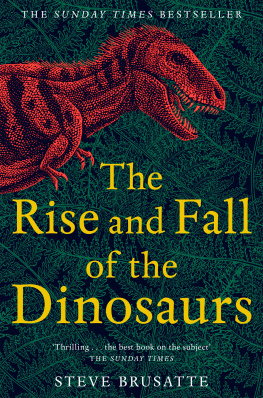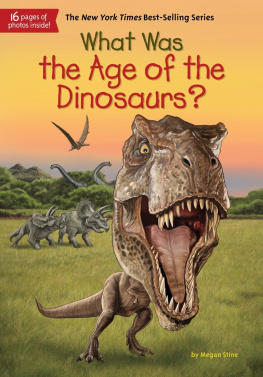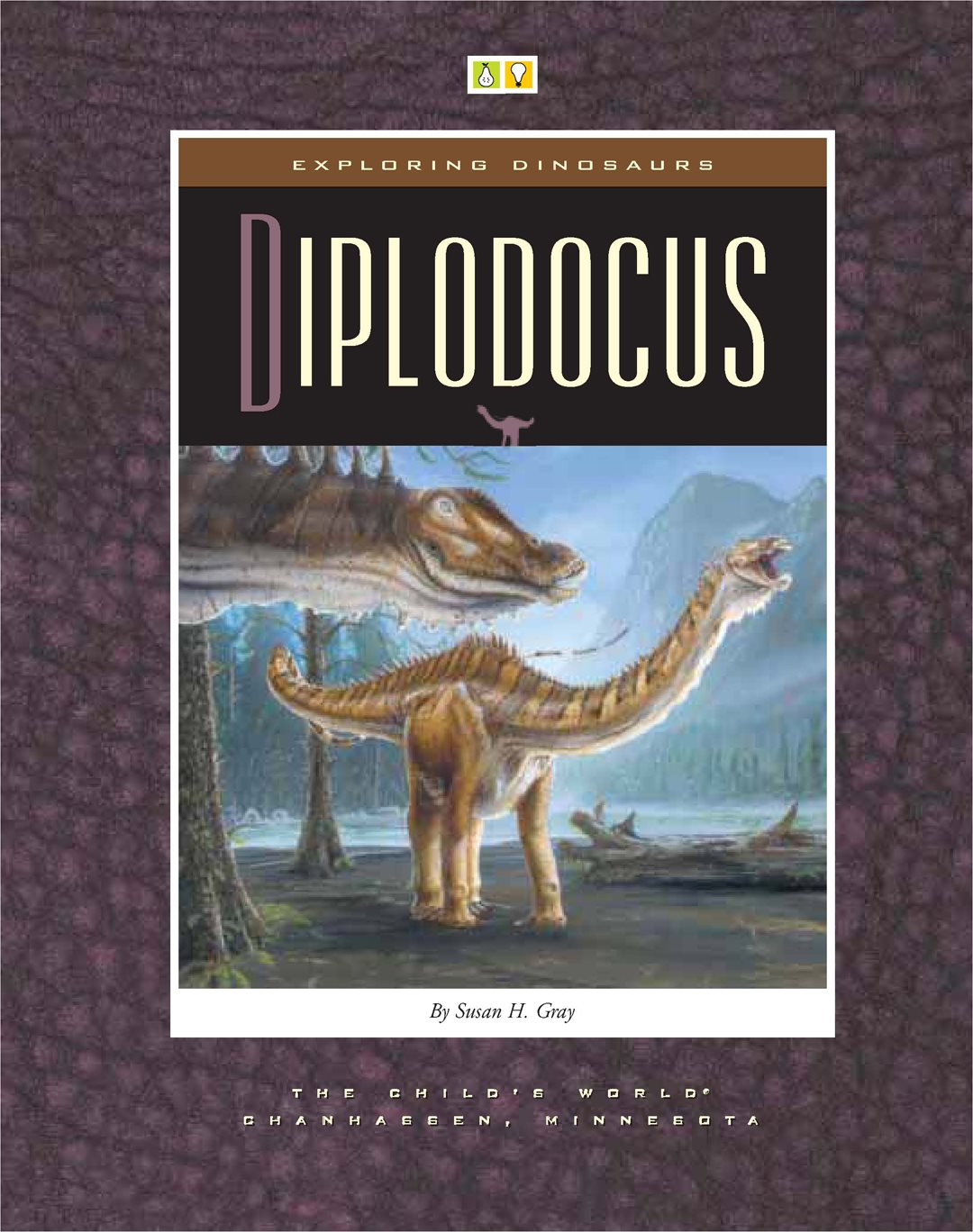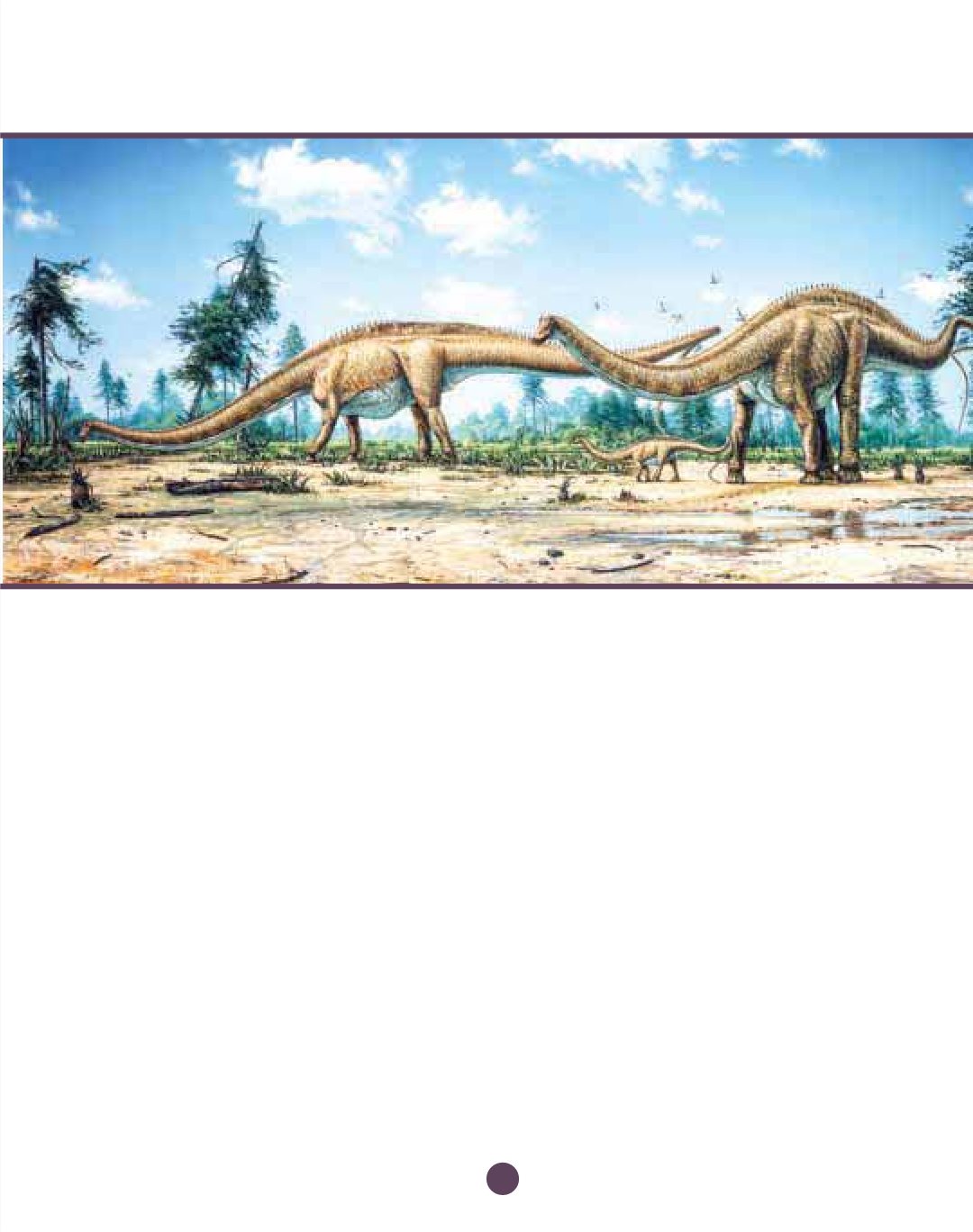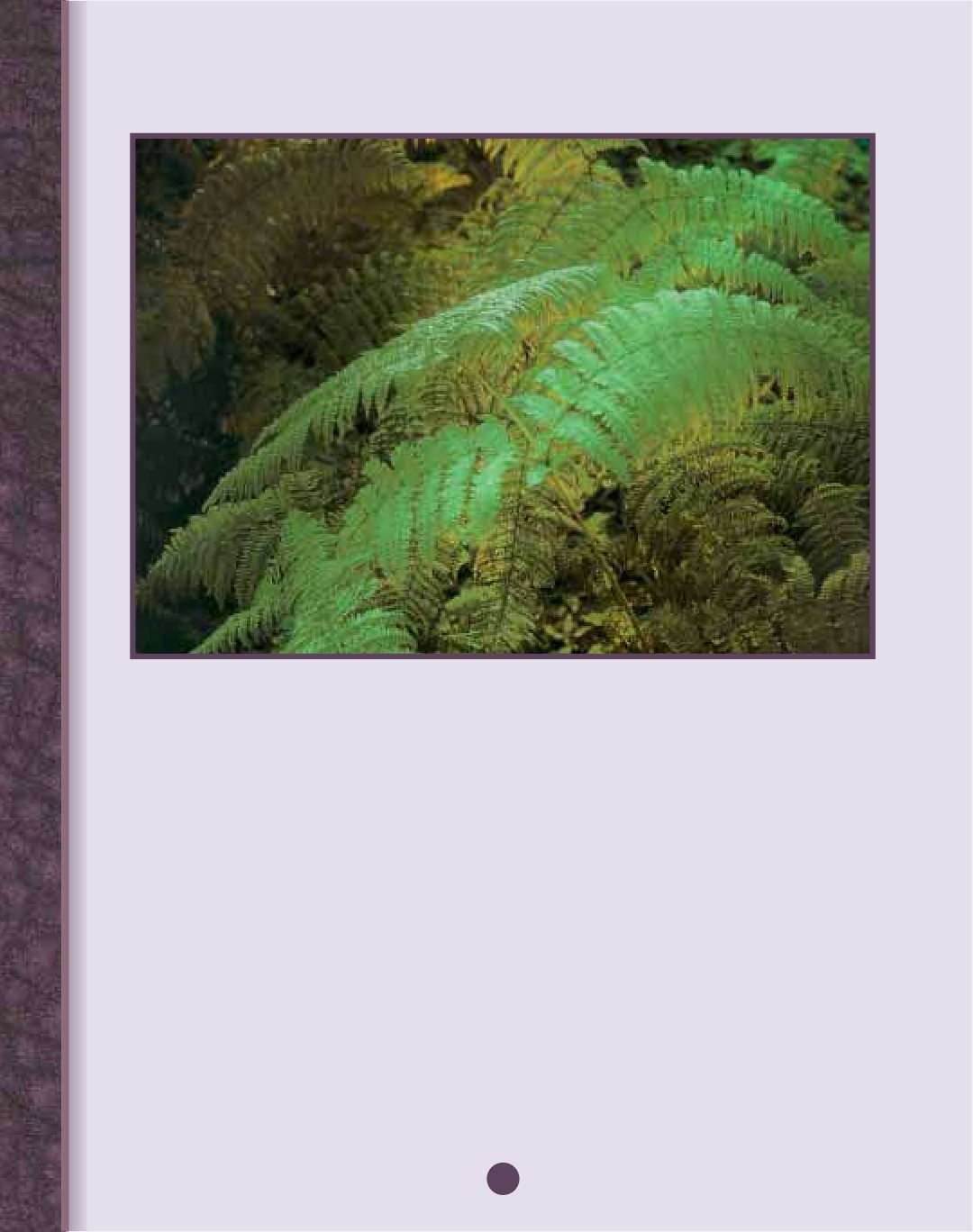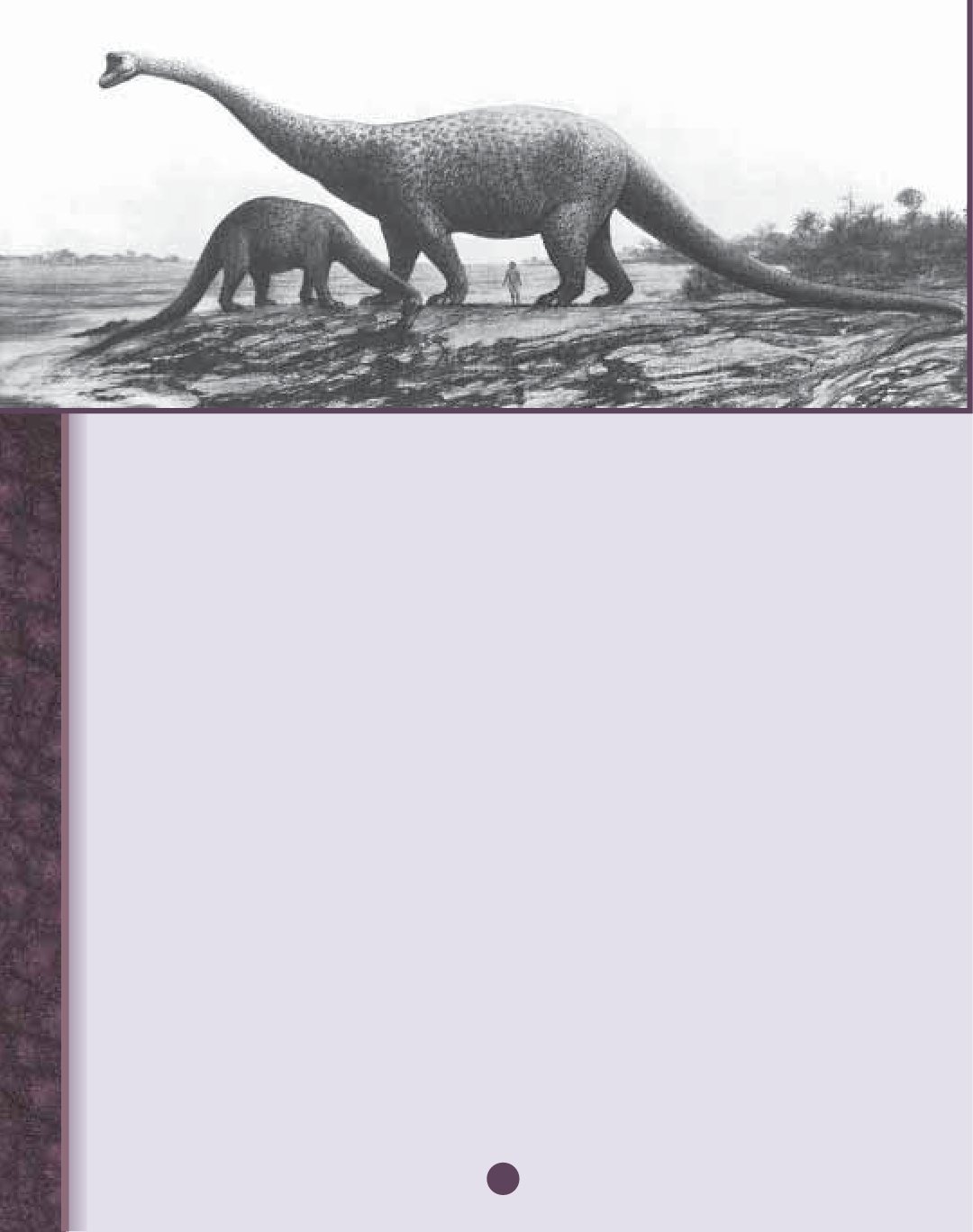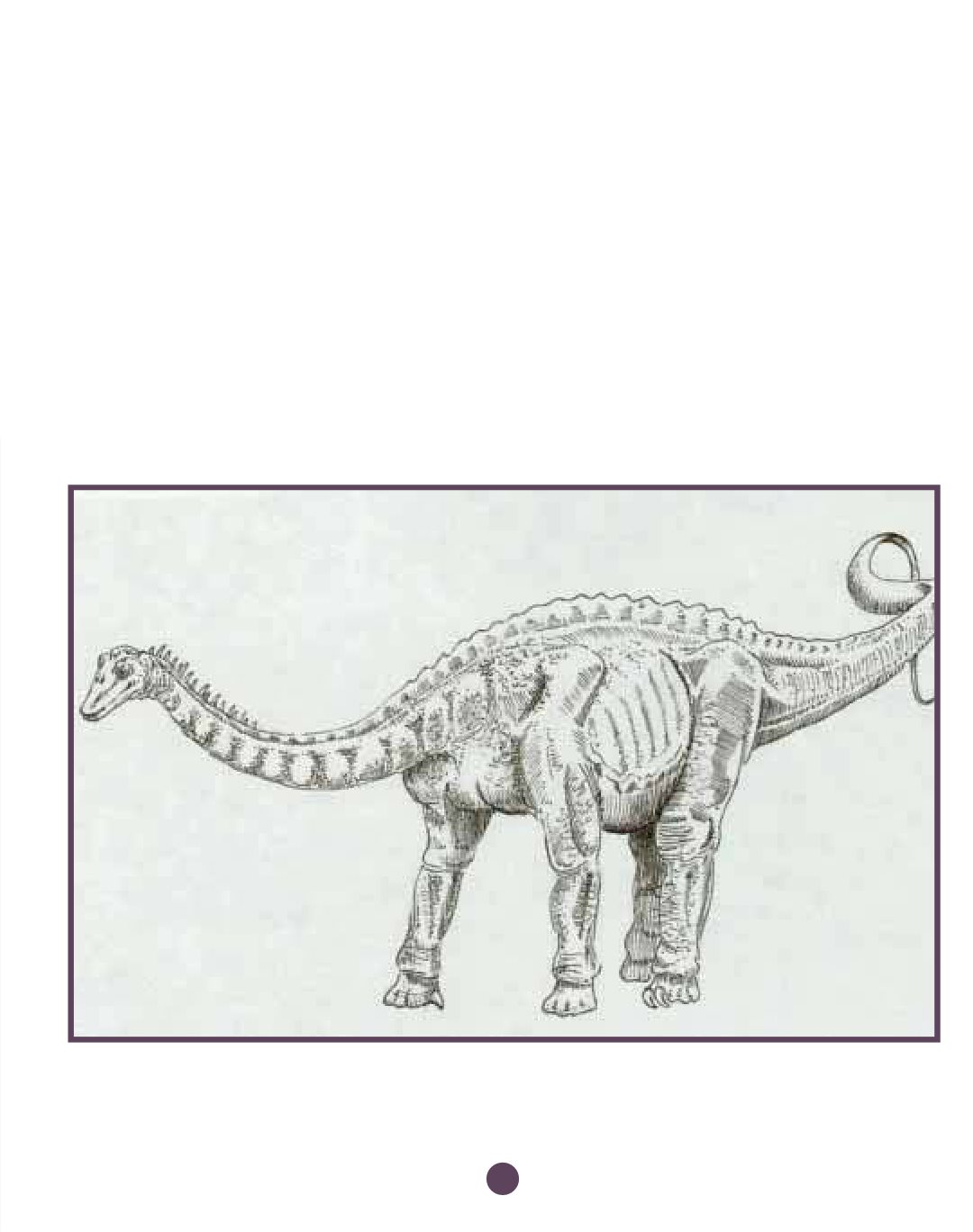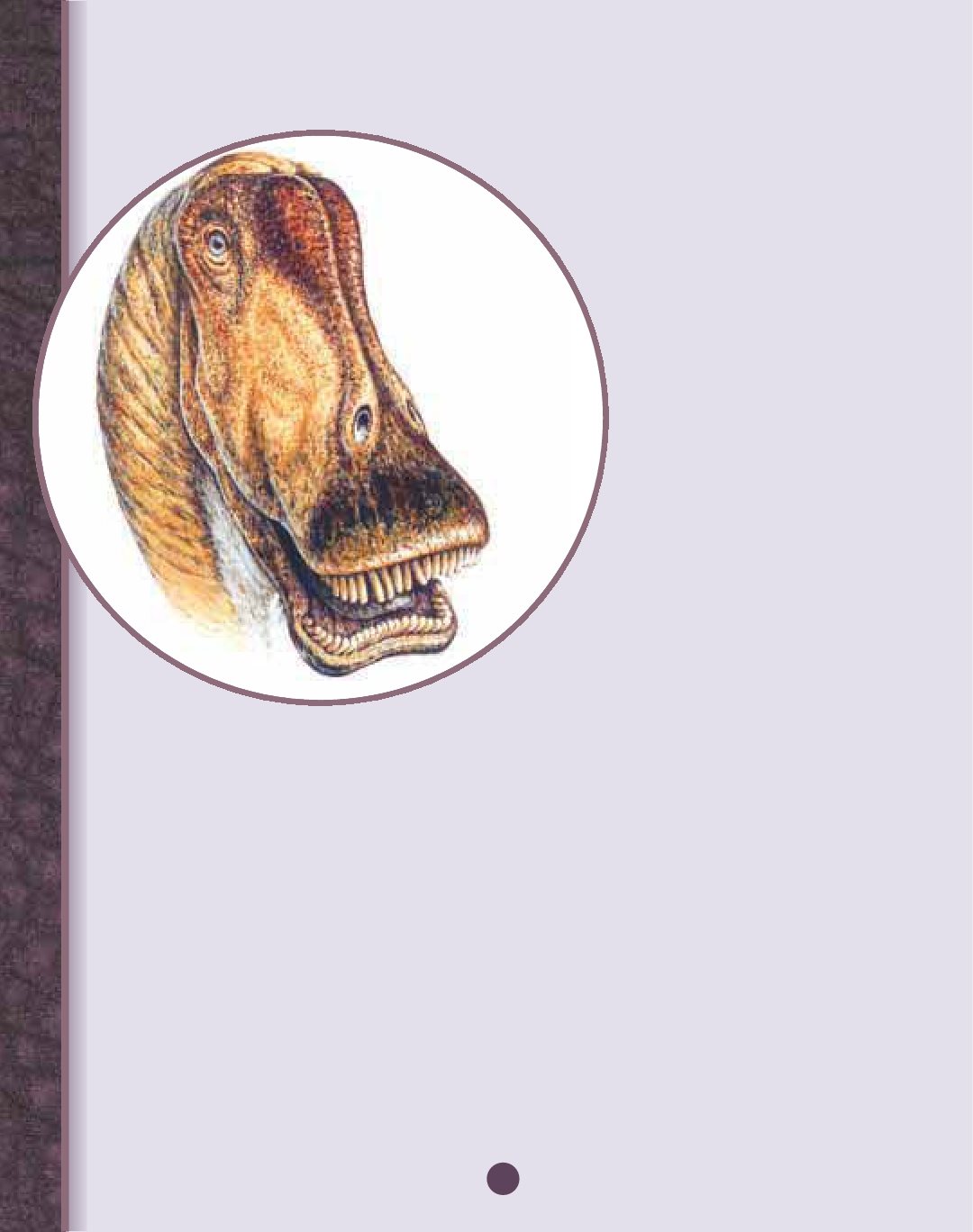Published in the United States of America by The Childs World
PO Box 326, Chanhassen, MN 55317-0326
800-599-READ
www.childsworld.com
Content Adviser:
Peter Makovicky,
Ph.D., Curator,
Field Museum,
Chicago, Illinois
Photo Credits: American Museum of Natural History: 13, 15, 17, 24; Animals
Animals/Earth Scenes/Scott W. Smith: 25; Corbis: 6, 12 (Darrell Gulin), 16 (George
D. Lepp), 20 (Hulton-Deutsch Collection); Getty Images/Time Life Pictures: 8;
Michael Skrepnick: 5, 10, 23; Mike Fredericks: 9, 11; Photo Researchers: 21 (Science
Photo Library/Ludek Pesek), 27 (Joyce Photo); Todd Marshall: 26; Underwood &
Underwood/Corbis: 18, 19.
The Childs World: Mary Berendes, Publishing Director
Editorial Directions, Inc.: E. Russell Primm, Editorial Director; Ruth M. Martin, Line
Editor; Katie Marsico, Assistant Editor; Matthew Messbarger, Editorial Assistant; Susan
Hindman, Copy Editor; Susan Ashley, Proofreader; Tim Griffin, Indexer; Kerry Reid,
Fact Checker; Cian Loughlin ODay, Photo Reseacher; Linda S. Koutris, Photo Selector
Original cover art by Todd Marshall
The Design Lab: Kathleen Petelinsek, Design and Art Direction; Kari Thornborough,
Page Production
Copyright 2004 by The Childs World
All rights reserved. No part of this book may be reproduced or utilized in
any form or by any means without written permission from the publisher.
Library of Congress Cataloging-in-Publication Data
Gray, Susan Heinrichs.
Diplodocus / by Susan H. Gray.
p. cm. (Exploring dinosaurs)
Includes index.
Contents: Just finishing dinnerWhat is a Diplodocus?Who found the first
Diplodocus?Were there more than one?What was life like for DiplodocusWhen
did Diplodocus live?
ISBN 1-59296-186-X (lib. bdg. : alk. paper)
1. DiplodocusJuvenile literature. [1. Diplodocus. 2. Dinosaurs.] I. Title. II. Series.
QE862.S3G694 2004
567.913dc22 2003018625
Table of Contents
CHAPTER ONE
Just Finishing
Dinner
D iplodocus (dih-PLOD-uh-kuss) was having a great meal.
He stood at the edge of the forest with his long neck
reaching deep into the shade. He turned his head to the right and
tore a low branch from a tree. He worked it around in his mouth
for a few seconds, then swallowed it whole.
Next, he swung his neck to the left. He bit down on a little
bush, then jerked his head back. The bush ripped from the
ground. Diplodocus downed it in one gulp.
Then he spied his favorite foodfernsstraight in front
of him. Diplodocus took a step forward, then stopped cold.
He couldnt move another inch. He was stuck. He turned his
head to see what was wrong. Thirty feet (9 meters) behind his
Diplodocus was a dinosaur that really loved to eat. It had to eat a lot of food every
single day to survive. It could swallow whole branches! Diplodocus also swallowed
stones called gastroliths that helped it grind down all that tough plant material.
head, he could see his huge shoulders jammed tightly between
two trees.
Diplodocus heaved forward, straining to reach the ferns. The
trees creaked, but barely moved. He relaxed for a second, then
pushed forward again. One tree began to lean away just a little
bit. Diplodocus breathed heavily now and his huge heart pounded.
Ferns were a plentiful plant when Diplodocus lived. A hungry Diplodocus
could gulp down a lot of fernsit had a large stomach to fill! Conifers
(cone-bearing trees and shrubs) were probably its main snack.
He strained forward a third time. The tree shook and fell over to
the side. Diplodocus stumbled forward, ramming his face into the
ferns. Soft, tender fernsjust what he wanted. Diplodocus quickly
finished his meal, backed out of the forest, and looked for a place
to catch a nap.
CHAPTER TWO
What Is a
D IPLODOCUS ?
A Diplodocus is a dinosaur that lived from about 150
million to 144 million years ago. Its name is taken
from Greek words that mean double beam. A beam is a
strong structure that holds up something. For Diplodocus ,
the double beam refers to a series of bones that grew under
neath its backbone and down through its tail. The bones
helped support the tail muscles and protected the tails
blood vessels.
Diplodocus was an incredibly huge reptile. It was one
of the largest land creatures to ever exist on Earth. From its
snout to the tip of its tail, the typical adult Diplodocus was
about 85 feet (26 m) long. Some even reached a length of
Diplodocus was incredibly long, with feet and legs similar to those of an
elephant. This indicates that it was either a land or a swamp dweller.
100 feet (30 m). An animal that size would be about the same
length as two trailer trucks parked end to end!
The giant dinosaurs neck and body made up about half of
its length. Its long tail made up the other half. A single row of
short spines ran down the dinosaurs back and tail.
Diplodocus had a little head for its size. The animals activities
and movements were controlled by a brain the size of an orange.
A cluster of nerve cells at the base of its tail was a little bigger
than its brain. Scientists once thought these nerve cells might be a
second brain. Now they think they may have controlled the move
ments of the dinosaurs back legs and tail.
The reptiles nostrils were high up on its head. Its mouth
had teeth only in the front. Shaped like big, blunt pencils, they
Though Diplodocus was one of the longest dinosaurs, it had one of the
smallest brains. It was among the least intelligent of all dinosaurs.
were good for tearing plant
material from trees or
from the ground.
The animal did
not have back
teeth for chewing

